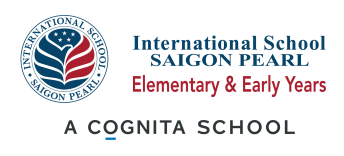The first rule regarding the American academic program is that there is no one, unified, American curriculum. It doesn’t exist on a national level in the sense that there’s one, unified, national educational curriculum. This is because the management of education within the United States of America is essentially operated at the state, instead of national, level. This may sound chaotic at first, but it is from this diversity and fluidity that the Common Core is able to continue to evolve.
All fifty states and most major cities and college districts set their own program frameworks, priorities, funding, standards, tests and programming. The United States of America Department of Education guides, recommends, and sets national standards, however it has no direct management or power over state authorities.
The US program is predicated on American Common Core State Standards for English language, Arts, Math, History, Geography, and Science. This provides additional artistic freedom to tailor the program to support individual desires. Students are supported by an enormous variety of co-curricular activities that guarantee they get the chance to develop totally as people. Personalized instruction focuses on inquiry-based, active teaching strategies, and firsthand learning methods.
These learning goals define what a student ought to apprehend and be ready to do at the end of every grade. The standards were created to confirm that every student graduates from high school with the talents and knowledge necessary to achieve faculty, career, and life goals, regardless of where they live. The Common Core is now used by 41 US states, the District of Columbia, four territories, and also the Department of Defense Education Activity (DoDEA).
The Common Core is formed by the very best standards from states across the US and countries around the world. The standards outline the knowledge and skills students ought to gain throughout their K-12 education so as to graduate high school, prepare to obtain entry-level careers, introductory university courses, and workforce coaching programs.
The standards are:
- Research- and evidence-based
- Clear, perceivable, and consistent
- Aligned with faculty and career expectations
- Based on rigorous content and application of data through higher-order thinking skills
- Built upon the strengths and lessons of current state standards
- Informed by top-performing countries so as to organize all students for fulfillment in our world economy and society







